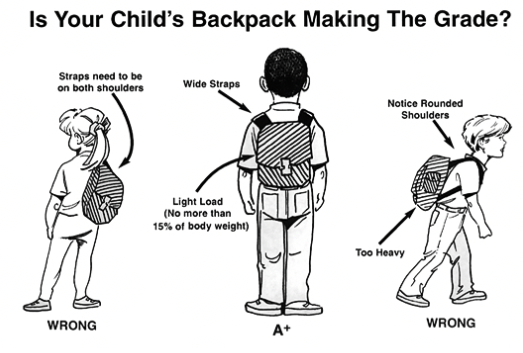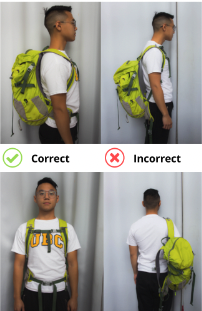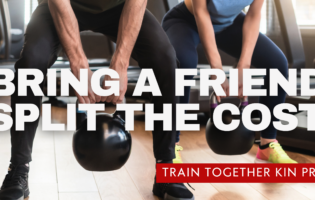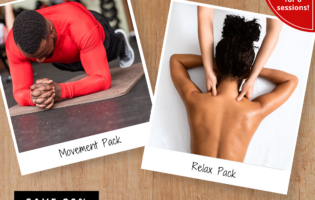Total Therapy Blog

Backpack Safety 101
As the school year begins, ensuring your child’s safety goes beyond books and homework. Their backpack, an integral part of a student’s life, plays a crucial role in their health and posture. In this blog, we’ll provide you with comprehensive backpack safety tips and advice for a pain-free school year.
Choosing the Right Backpack
The first step in ensuring your child’s backpack safety is choosing the right one:
- Select a backpack that fits your child’s body. The top of the backpack should not extend past their shoulders, and the bottom should align with the top of their hips.
- The weight of the backpack itself should be light, not adding additional weight.
- Ensure the backpack has wide, padded shoulder straps to distribute weight evenly and prevent pressure on the nerves and muscles of the armpits.
- Look for a backpack with a padded back for extra protection and comfort.
- Consider backpacks with waist belts or straps, multiple compartments, and even rolling options to ease the load.
Packing the Backpack
Packing a backpack correctly is just as important as choosing the right one:
- Your child’s backpack should not exceed 10-15% of their body weight. To check, stand on a scale without the bag, then put on the backpack and weigh yourself again, subtracting the two numbers to determine the backpack’s weight.
- Pack heavier items closer to your child’s back to reduce strain on their spine.
- Encourage your child to only pack what they need for the day, leaving unnecessary items at home or in their locker/desk.
- Keep pointy or awkwardly-shaped items away from the back to prevent discomfort.

Wearing the Backpack
Properly wearing a backpack can significantly reduce the risk of future discomfort:
- Emphasize the importance of wearing both shoulder straps. Slinging a backpack over one shoulder can create postural imbalances and increase the risk of back and shoulder pain.
- Adjust the straps so the backpack fits accordingly to your child’s body. They should be able to slide their hand between the bag and their back.
- If available, use the waist belt or strap to distribute weight to the hips, relieving pressure on the shoulders and upper back.
- Ensure the backpack isn’t too low, as this can cause your child to lean forward and carry the full weight on their upper back.

Preventing Low Back Pain
Low back pain in children is a concern often overlooked. To prevent it:
- Ensure your child gets at least 60 minutes of physical activity a day to strengthen their core and back muscles.
- Create an ergonomic workspace at home where your child can comfortably complete homework without straining their back.
- If your child complains of low back pain, seek help from a healthcare professional, such as a family doctor, physiotherapist, or chiropractor, to rule out serious underlying conditions.
If you have any concerns about your child’s posture or if they are experiencing any discomfort or pain related to their backpack, our experienced Chiropractors and Physiotherapists are here to help. Contact us today to schedule an appointment, and we’ll work together to ensure your child’s well-being throughout the school year.








Follow Us!
& Stay Up To Date
BLOG